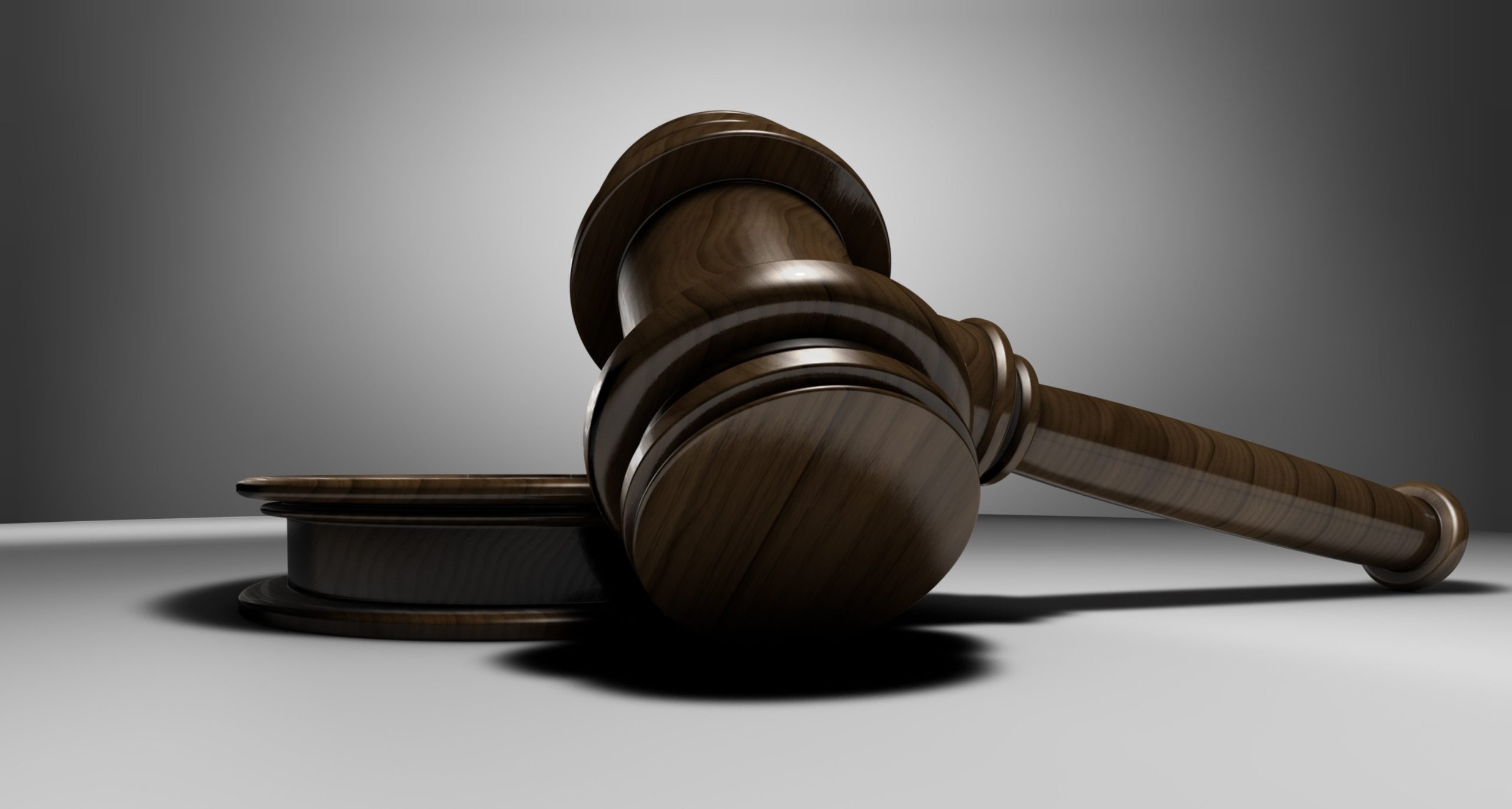DC Criminal Lawyer David Benowitz on Fingerprint Evidence

In the wake of a report issued by the National Academy of Sciences in 2009 that identified significant problems within the field of forensic science, Senator Patrick Leahy introduced legislation on January 25 to strengthen and improve the quality of forensic evidence routinely employed in the criminal justice system.
Based upon a recent case, I fully support this effort. I tried a burglary case in December in which the only evidence against my client was a single fingerprint found on a perfume bottle inside the apartment that had been broken into. My experience with fingerprint evidence over the years has been relatively limited. For example, in possession cases, the government will routinely trot out an expert to explain why no prints were found and how that doesn’t mean that your client didn’t touch the gun or drugs. In others, a fingerprint is just one piece of the puzzle which shapes the path to a viable defense. Meaning, if there is a fingerprint identification, figure out how to go around it or work it into your defense, don’t dispute its viability head on.
In this case, I had no choice; I had to dispute the accuracy of the conclusion of a fingerprint expert with 30 years experience with both the FBI and the Metropolitan Police Department (MPD). So I started digging. The Public Defender Service (PDS), where I worked for almost seven years, has attorneys who specialize in forensic science. They provided a lot of valuable information.
As it turns out, the MPD fingerprint lab is not accredited. The expert is not certified by the International Association of Identification (IAI), the world’s premier forensic professional organization. The expert admitted that IAI certification denotes a basic level of competency in fingerprint analysis. Part of the expert’s identification of the print found at the scene of the burglary was based upon a comparison of the length and thickness of the prints’ ridges. At one point, the expert testified that the ridges are either “thick” or “thin” but said that she did her comparison by eye only; she used no measuring equipment at all to differentiate between or to actually measure them.
The expert took no notes of the analysis; she said she kept it all in her head. Another expert in the lab was supposed to verify the result – the only problem was that the verification was not “blind”; the other expert knew exactly what conclusion had been drawn on the initial analysis before doing the “verification”.
The research and investigation paid off – my client was acquitted by a judge who did not credit the expert’s testimony.
This blog post was written by founding partner, David Benowitz. David has practiced as a criminal lawyer in Washington DC since 1995. He is a member of the National College for DUI Defense and is a Board Certified Criminal Trial Advocate by the National Board of Trial Advocacy.